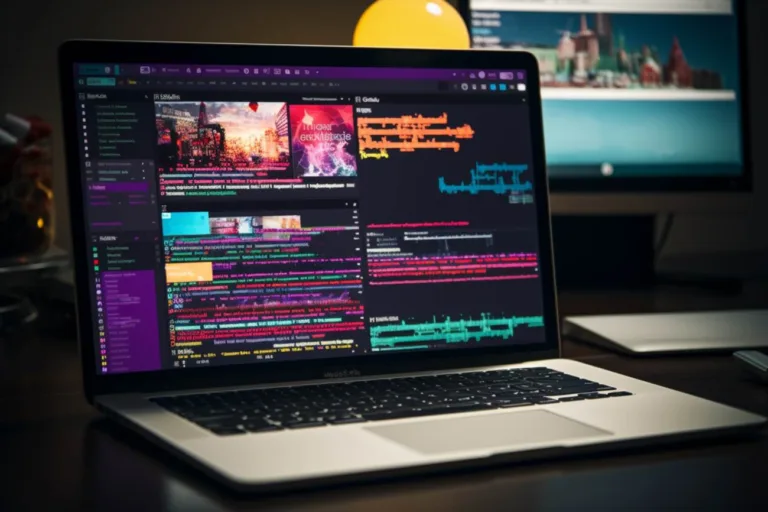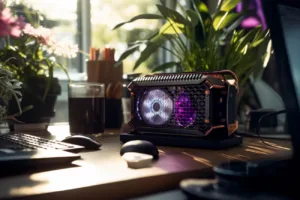If you’re diving into the world of web development, one of the fundamental concepts you’ll encounter is the HTML <div> element. This versatile and essential tag plays a crucial role in structuring and styling your web pages. In this comprehensive guide, we’ll explore the ins and outs of HTML <div> elements, their uses, and best practices.
Understanding the html <div> element
The HTML <div> element, short for „division,” is a container used to group and structure content on a web page. It’s a block-level element, which means it creates a new block formatting context. This allows you to apply various styles, including layout and positioning, to the content within the <div>.
Here’s the basic syntax of an HTML <div> element:
<div> Your content here </div>
Now, let’s explore some common use cases for HTML <div> elements.
1. grouping content
One of the primary purposes of the <div> element is to group related content together. This helps with styling and applying consistent formatting to a specific section of a web page.
2. creating layouts
The <div> element is a cornerstone for creating flexible layouts in HTML and CSS. You can use it to create columns, grids, headers, footers, and more. By applying CSS styles, you can control the positioning and spacing of these layout elements.
3. styling with css
HTML <div> elements provide a blank canvas for applying CSS styles. You can target <div> elements using CSS selectors and customize their appearance, such as changing background colors, borders, margins, and padding.
4. javascript integration
When it comes to adding interactivity to your web page, the <div> element is often used as a container for JavaScript functionality. You can attach event listeners to <div> elements to respond to user actions.
Best practices for using html <div> elements
Now that you understand the versatility of the HTML <div> element, let’s discuss some best practices for using it effectively:
- Use meaningful IDs or classes to identify and style your
<div>elements. - Keep your HTML code clean and semantically meaningful by using
<div>elements only when necessary. - Combine multiple
<div>elements with appropriate CSS to create responsive and visually appealing layouts. - Test your web page on different devices and browsers to ensure your
<div>-based layouts are responsive and functional.
Frequently Asked Questions
Q1: Can I nest <div> elements within each other?
A1: Yes, you can nest <div> elements to create complex structures and layouts. Just make sure to maintain proper indentation and use clear class or ID names to avoid confusion.
Q2: Are there any alternatives to <div> for layout and styling?
A2: Yes, there are other HTML elements like <section>, <article>, and semantic tags like <header> and <footer> that you can use for specific content types. However, the <div> element remains essential for general layout and structuring purposes.
Q3: Can I apply CSS styles directly to the <div> element without using classes or IDs?
A3: Yes, you can apply CSS styles directly to <div> elements using inline styles or by targeting them with CSS selectors. However, using classes or IDs is recommended for better organization and maintainability of your styles.
Q4: How can I center a <div> element horizontally and vertically?
A4: To center a <div> element both horizontally and vertically, you can use CSS flexbox or grid layout. Apply the appropriate CSS properties to the parent container, and the <div> element will be centered accordingly.
Q5: Are there any accessibility considerations when using <div> elements?
A5: Yes, it’s essential to ensure that the content within your <div> elements is accessible to all users. Use proper semantic HTML for content and add relevant ARIA attributes where necessary to enhance accessibility.
Now that you have a solid understanding of HTML <div> elements and their various applications, you can use them effectively to create well-structured and visually appealing web pages. Experiment with different layouts and styles to enhance the user experience of your website.
Vezi și:






